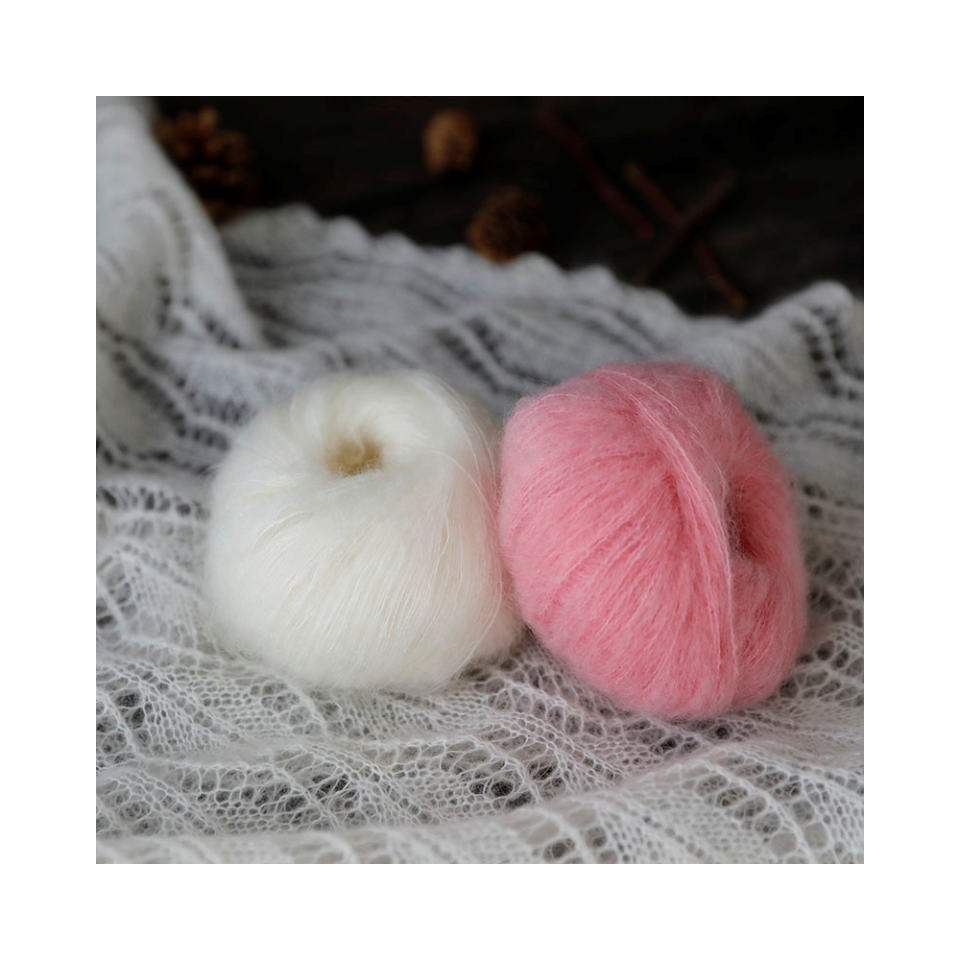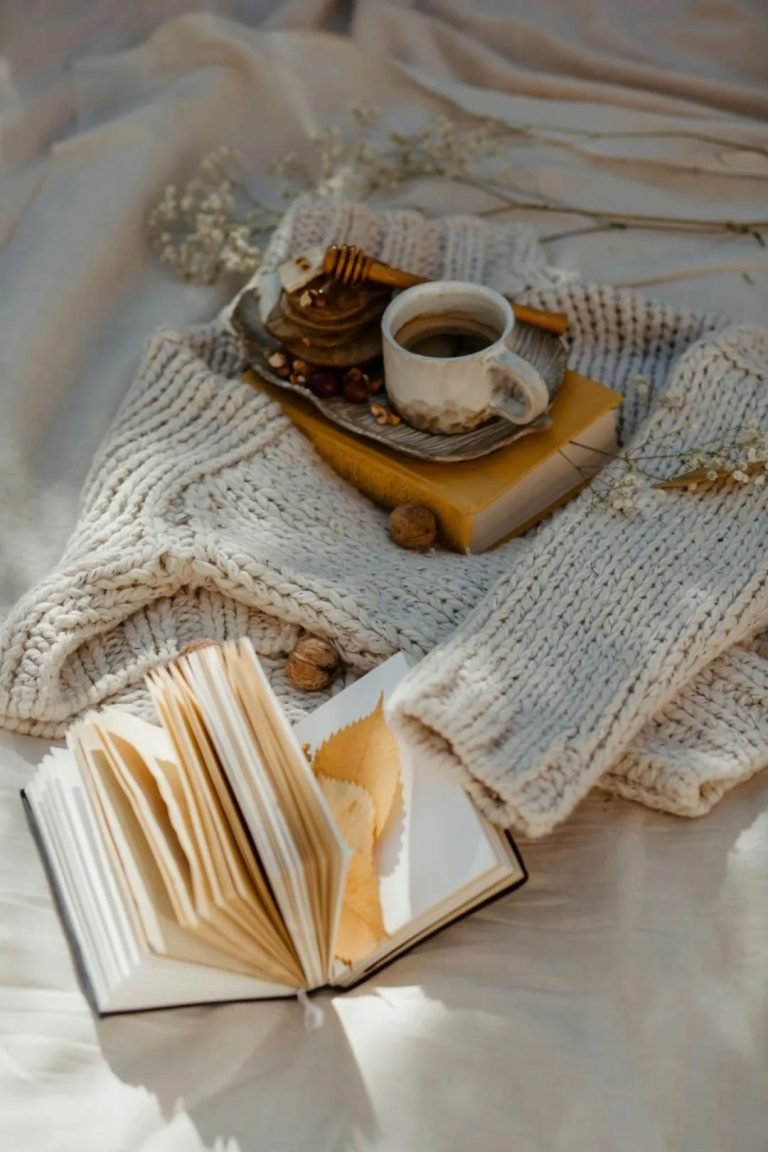Sweater Fabric Classification.
1. Wool (including blends): Pure wool can be divided into many subcategories such as: wool, cashmere, camel hair, sheep wool (short hair), rabbit blends of camel wool blends or yak wool blends etc.
2. Blended fabrics: Blended fabrics can be classified as wool/acrylic, rabbit/acrylic, mohair/acrylic, camel/acrylic or cashmere/polyamide blend/cashmere/silk blend fabrics.
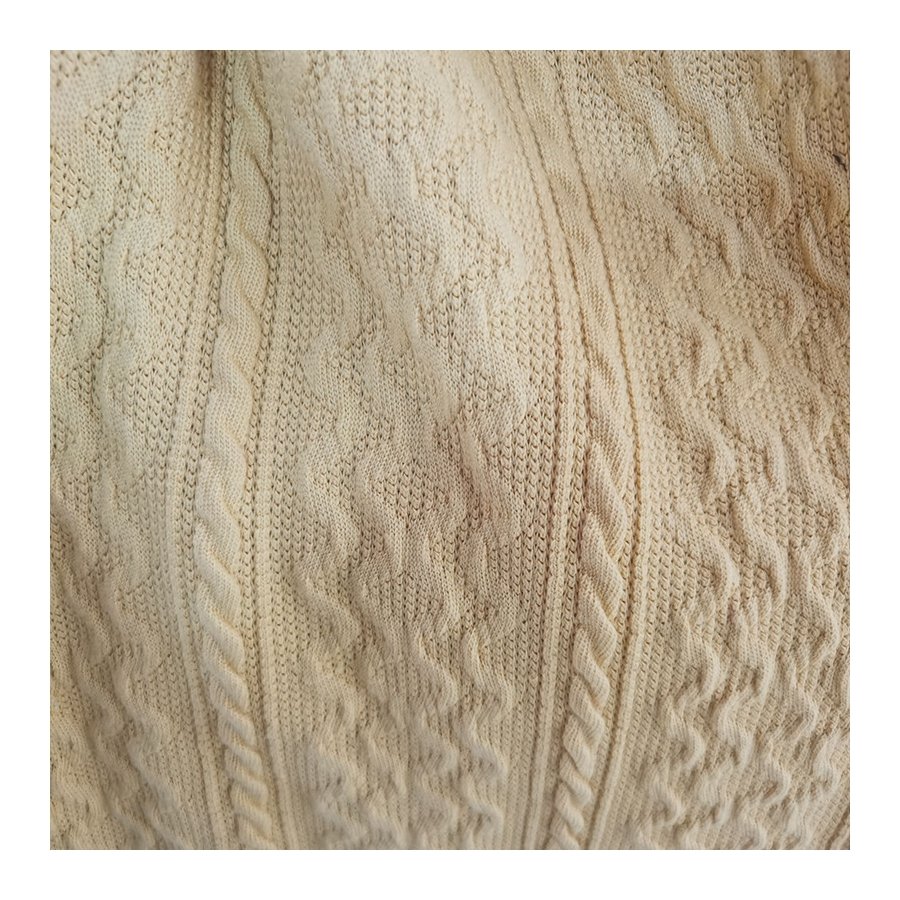
3. Chemical fiber (including chemical blends ): These fibers can be divided into elastic nylon, elastic polypropylene and elastic polyester yarns as well as acrylic fiber bulking filaments or blends like acrylic/polyester and viscose/nylon blends.
4. Interwoven Type: Can be divided into several subcategories such as wool acrylic, rabbit hair acrylic and cotton yarn interwoven fabrics.
The shape and feel of some raw materials
1. Wool Fiber
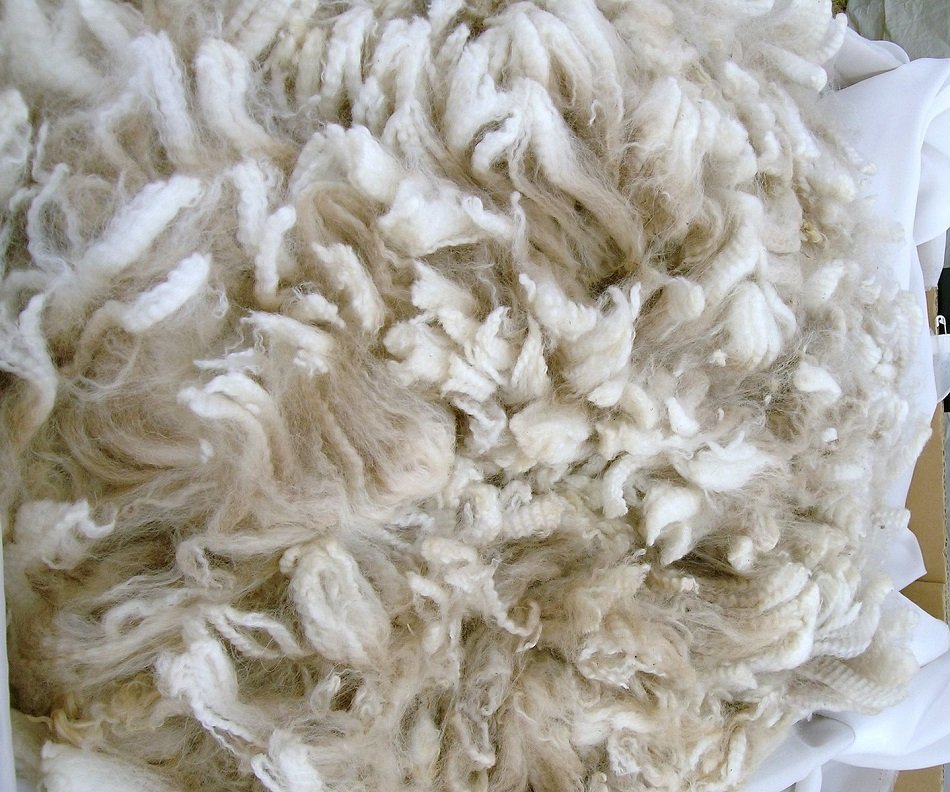
Wool fibers have the shape of slender cylindrical objects composed of three layers: scale layer, cortex layer and medulla layer. Due to the directionality of their scales under certain conditions of heat, moisture, soap solution application as well as mechanical rubbing action, wool fibers possess excellent felting properties for felting applications.
The diameter of wool fiber is within 18-42 microns. The finer the fiber, the higher the count of spinnable fibers, the higher the relative strength, the greater the curling degree, and the better the elasticity
2. Cashmere fiber
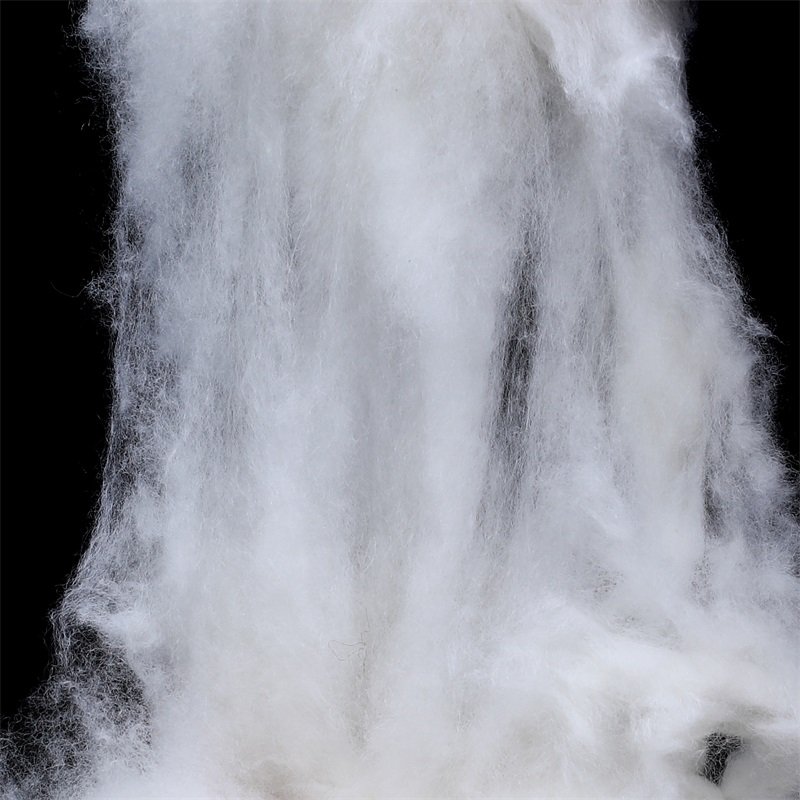
Cashmere fiber is obtained by combing and grasping the undercoat covering the long hair of goats. The hair fiber consists of a scale layer and a cortical layer, without a medullary layer. Its average fineness is 15-16 microns, which is the smallest among wool fibers. Cashmere has better strength and elastic deformation than sheep wool, so it has excellent characteristics such as softness, smoothness, and good warmth retention. It is a precious raw material. What is more valuable is that it has natural color, among which white cashmere is the most expensive
3. Mohair
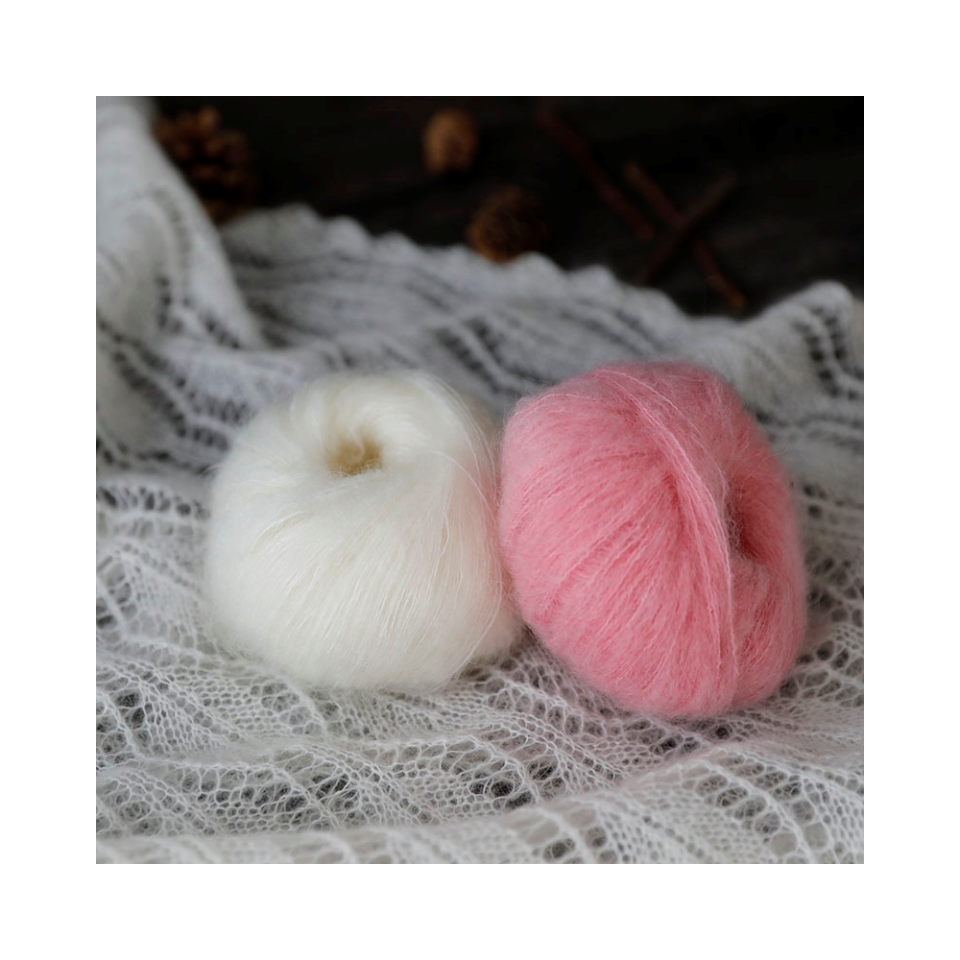
Mohair is originated from Angora goats. The hair fiber is relatively thick and belongs to coarse hair. The surface scales are small and blunt, and the fiber has a silvery and glossy appearance with excellent elasticity, which is significantly better than wool and has a noble style
4. Rabbit hair fiber
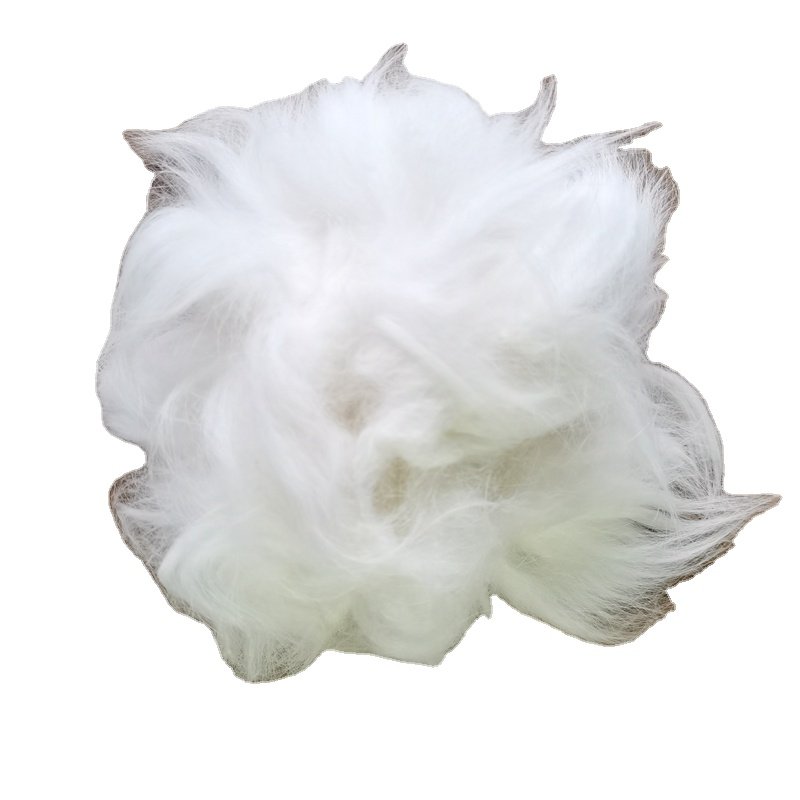
Rabbit hair is a hair fiber cut from a hair-bearing rabbit. Rabbit hair fiber is white, shiny, soft, smooth, and has good warmth retention properties. The fiber fineness is mostly 10-15 microns on average. The surface scales of rabbit hair are arranged very closely, without curling, and the fibers are bulky, making it unsuitable for pure spinning. It is generally blended with wool, nylon, and acrylic.
5. Camel hair fiber
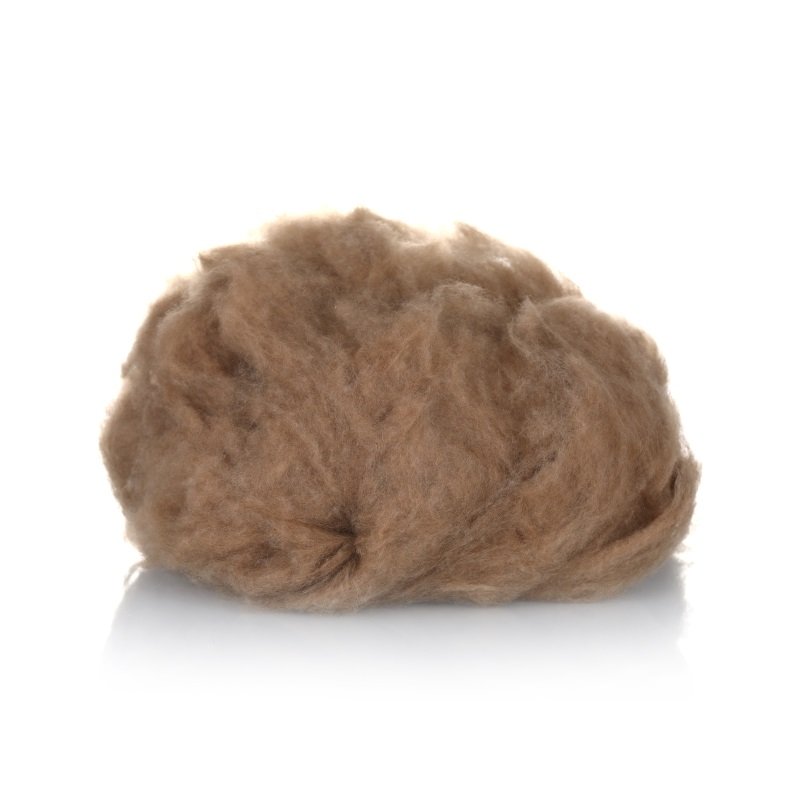
Camel hair fiber is actually the downy hair that is combed and caught by Bactrian camels during the shedding period. The hair fiber is slender, with natural color and light brown color. It is very soft and has particularly good warmth retention properties and high strength. It is not suitable for pure spinning materials and is mostly blended with high-count wool
6. Acrylic Fiber (Polyacrylonitrile Fibre)
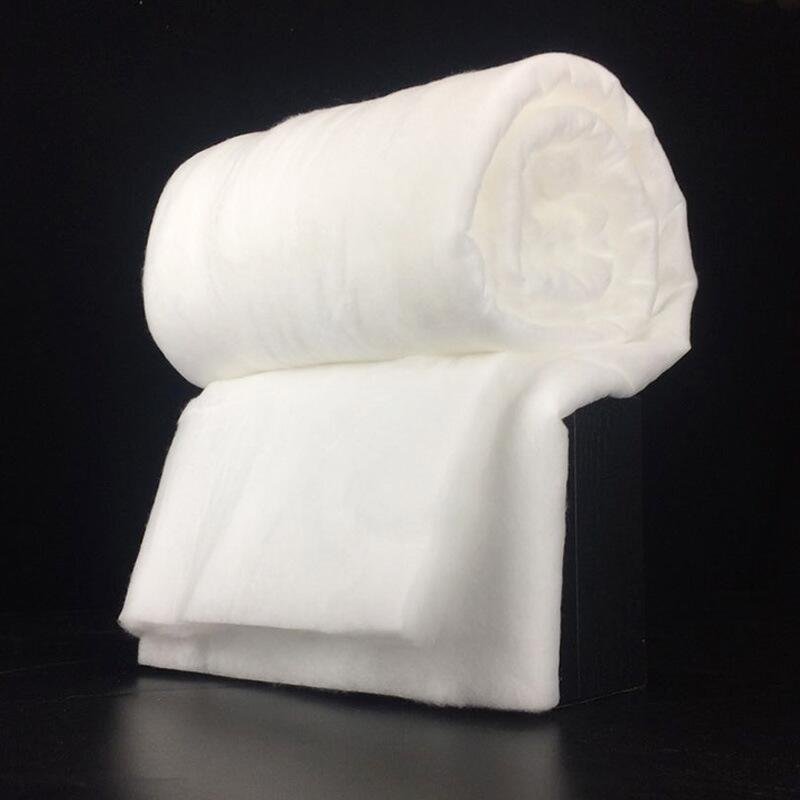
Acrylic fiber has many of the same great characteristics of wool, such as soft feel, bulkiness and elasticity, making it very similar in feel and appearance to real wool; thus the name artificial wool. Furthermore, its dyeing performance, vibrant colors and strong warmth retention properties make acrylic ideal for producing artificial wool products.
7. Blended yarn
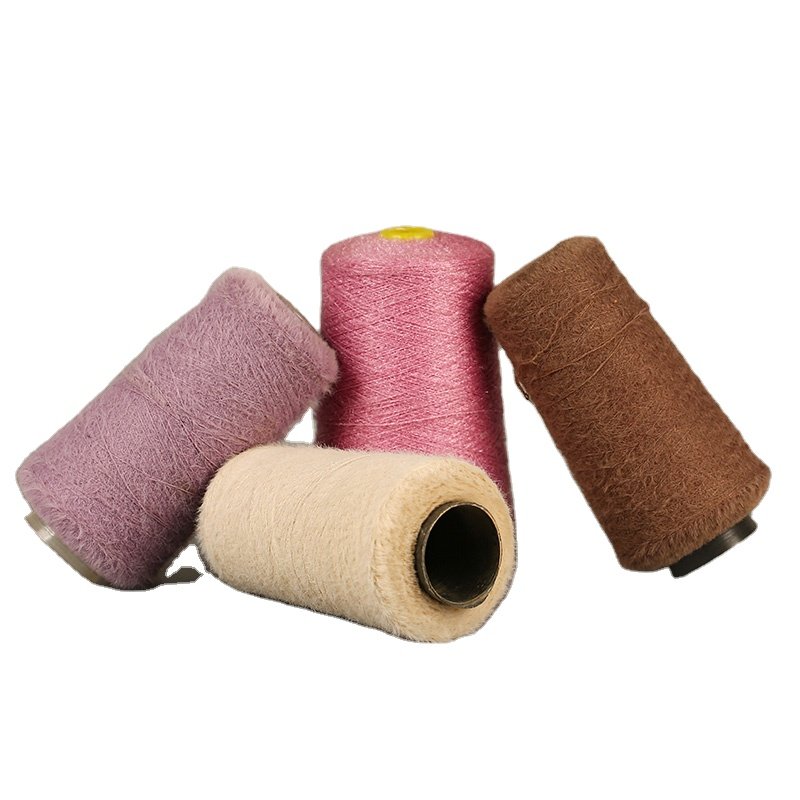
Generally, wool and acrylic, viscose and other chemical fibers or man-made fibers are blended in a certain proportion. It can combine the advantages of both and reduce costs.

